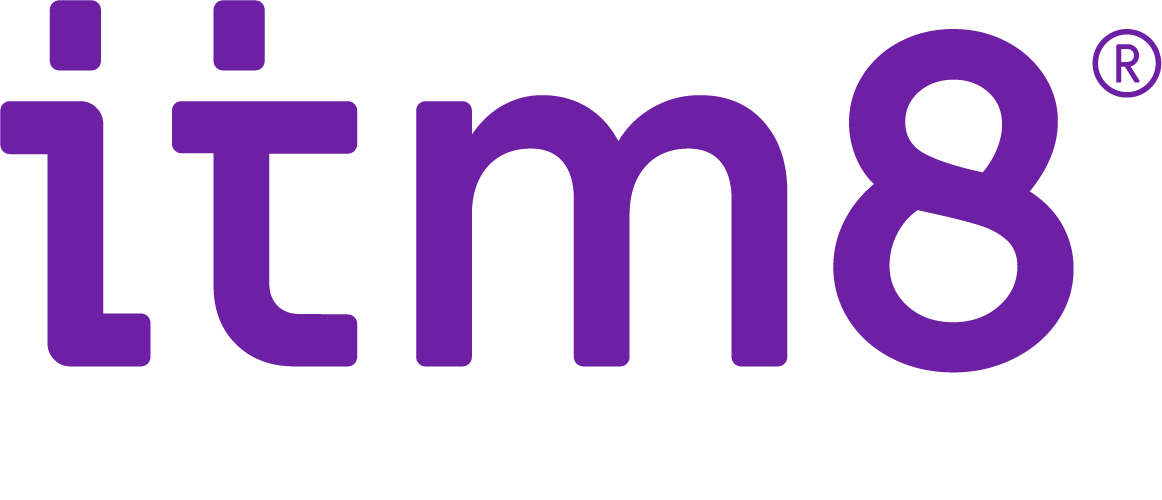Tidigare har vi pratat om de tre vanligaste hoten i vår IT-miljö. Där vi bland annat har berört användarens inloggningsuppgifter. I detta inlägg delar vi med oss av Itm8 bästa lösenordstips.
Gårdagens lösenordspolicy
Historiskt har de flesta kunder haft en lösenordspolicy som ofta är uppbyggd enligt följande:
- Åtta tecken eller fler i lösenordet
- Komplexa lösenord, det vill säga lösenordet ska bestå av en mix av olika specialtecken och stora samt små bokstäver
- Lösenordet ska bytas var 90:e dag
Med dagens hotbilder är det traditionella säkerhetstänket inte längre tillräckligt säkert. Det finns färdiga databaser där man kan ladda ner och knäcka lösenord med åtta tecken inklusive alla tänkbara specialtecken.
Dagens lösenordspolicy
Vi rekommenderar att användarens lösenord ska bestå av minst 12-14 tecken, inget krav på komplexitet, uppmuntra till att använda lösenordsfraser och inte byta för ofta då det finns risk för att användare skriver upp lösenordet.
Exempel på lösenord:
- Minvolvoarsnart3ar
- Mloisgrpkosib – Förklaring: mors lilla Olle i skogen gick…
En regel att addera till lösenordspolicyn är att efter 15 – 20 felaktiga inmatningar av lösenordet låses användarens konto. För att det ska låsas upp rekommenderar vi att det finns ett krav på att användaren byter sitt lösenord.
Rutinen för att få nytt lösenord sker genom en självbetjäningsportal eller genom någon form av tvåfaktorsförfarande. Till exempel via mobilen eller chefen eftersom servicedesken inte kan känna igen alla anställda på rösten.
Tre säkra inloggningsmetoder
Tycker användarna att det är för jobbigt att ange ett långt lösenord varje gång de ska låsa upp datorn finns det smarta förenklingar som dessutom ytterligare ökar din säkerhet. I moderna system kan man göra en lokal inloggning enklare med hjälp av pinkod, fingret eller ansiktet.
- Pinkod
Med pinkod som inloggning döljer man det långa lösenordet med exempelvis en fyrsiffrig kod för den enhet du loggar in från. För att knäcka denna kod måste en hacker se användarens kod och använda just den enheten, det vill säga den fyrsiffriga koden fungerar endast på den enheten.
- Fingeravläsare
På en del datorer finns en fingeravläsare. Med hjälp av ditt fingeravtryck låser du enkelt upp datorn. Väljer användarna att ha denna funktion som sin inloggning är ett tips att registrera ett finger från både höger och vänster hand.
- Ansiktsavläsning
På nya moderna datorer finns möjligheten att logga in genom att en kamera på datorn läser av ditt ansikte. Detta är självklart ett bra och enkelt sätt att logga in men dock inte så vanligt ännu.
Kan man kombinera två av de ovan tre beskrivna inloggningsmetoderna får man en mycket säker inloggning som är svår för en hacker att knäcka.
Säkra företagets inloggningar
Ska dina användare ändå logga in via lösenord och är en användare osäkra på om deras lösenord är tillräckligt bra, bör de investera några värdefulla minuter i att göra något åt det. Du och företagets användare blir nöjdare när de slipper ange lösenordet så ofta och kan logga in på ett enklare sätt.
Behöver ni stöd med att analysera er verksamhets IT-miljö för att identifiera och förhindra eventuella hotbilder?
Läs mer om vår IT Security Workshop för att ta nästa steg mot en säkrare IT-miljö. Tryck på knappen nedan för att ladda ner materialet.


